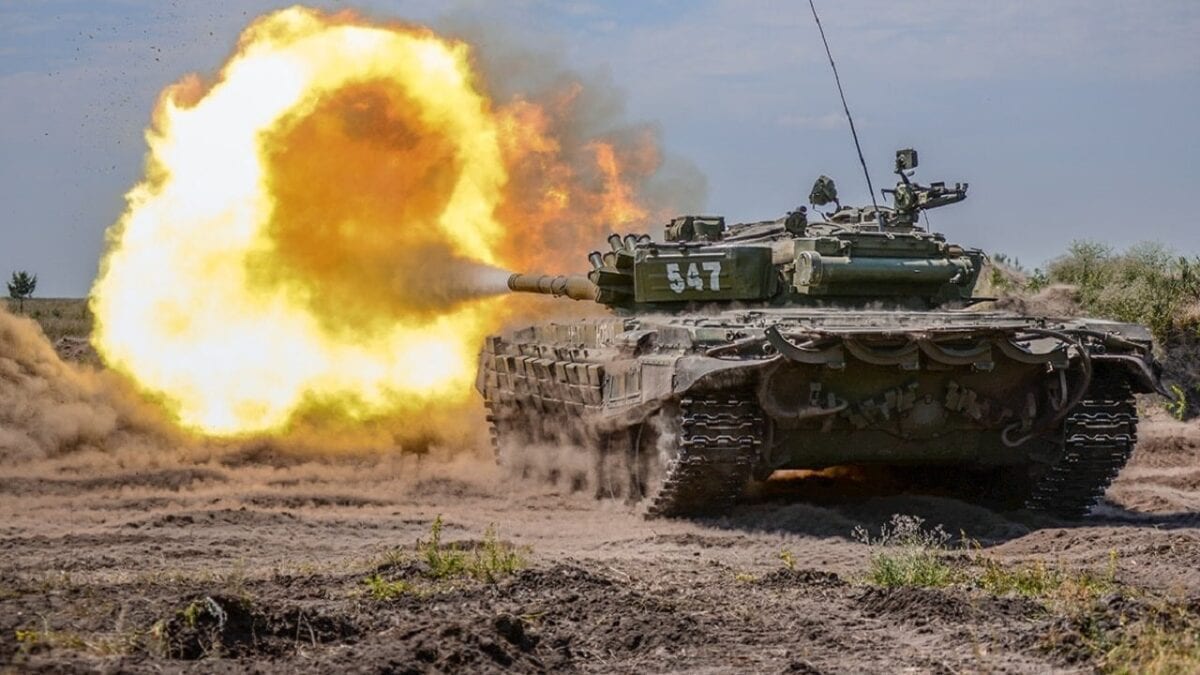The Russian invasion of Ukraine continues to falter on the 267th day of the war. After the recent liberation of Kherson City last weekend, the Ukrainian forces are setting up the conditions for liberating more territory in the east and the south.
It remains to be seen where exactly the Ukrainian military will decide to commit any reserve made available by the capture of the western half of the Kherson province. One option would be to push toward the eastern part of the province and try to reach Crimea or Mariupol. But that would mean that the Ukrainian forces would have to cross the Dnipro River in force and establish a bridgehead on the opposite bank, a difficult proposition and one that would require a lot of logistics.
The Largest Russian Missile Barrage
The Ukrainians are still trying to determine the extent of the damage caused by the Russian missile barrage. On Wednesday, the Ukrainian General Staff came out with some figures, stating that the Russian military launched 90 Kh-101 and Kalibr cruise missiles as well as 11 suicide drones (most likely Iranian-made Shahed-136). A good portion of the missiles struck Ukrainian critical infrastructure, but several munitions hit Ukrainian cities.
This is the largest number of missile strikes that the Russian forces have launched on Ukraine in a single day since the invasion began.
“Munitions were launched from air, sea and land-based platforms. Although a large proportion of missiles were successfully intercepted, Ukraine is facing a significant decrease in the power available from its national grid. This will impact upon civilian access to communications, heating and water supplies,” the British Military Intelligence assessed in its latest estimate of the war.
U.S. Secretary of Defense Lloyd Austin said on Wednesday that the National Advanced Surface-to-Air Missile System (NASAMS) that the U.S. has provided Ukraine intercept all of the incoming missiles it engaged. In total, the Ukrainian Air Force, claims to have intercepted 75 missiles and ten suicide drones.
However, the Russian military will soon run out of missiles if it keeps this rate of attacks.
“Continued strikes at this scale are drawing deeply upon Russia’s reserves of conventional cruise missiles, as degrading Ukrainian’s national infrastructure has become a key element of Russia’s strategic approach to the campaign,” the British Military Intelligence added.
The Russian Casualties in Ukraine
Meanwhile, the Russian military continues to suffer heavy casualties. Although the rate is starting to slow down, the Russian forces are paying a high cost for Russian President Vladimir Putin’s decision to invade Ukraine.

Image of Russian T-72 firing.
Overall, the Ukrainian Ministry of Defense claimed that as of Thursday, Ukrainian forces have killed approximately 83,110 Russian troops (and wounded approximately thrice that number), destroyed 278 fighter, attack, bomber and transport jets, 261 attack and transport helicopters, 2,878 tanks, 1,860 artillery pieces, 5,804 armored personnel carriers and infantry fighting vehicles, 393 Multiple Launch Rocket Systems (MLRS), 16 boats and cutters, 4,362 vehicles and fuel tanks, 209 anti-aircraft batteries, 1,531 tactical unmanned aerial systems, 160 special equipment platforms, such as bridging vehicles, and four mobile Iskander ballistic missile systems, and 474 cruise missiles shot down by the Ukrainian air defenses.
Expert Biography: A 19FortyFive Defense and National Security Columnist, Stavros Atlamazoglou is a seasoned defense journalist specializing in special operations, a Hellenic Army veteran (national service with the 575th Marine Battalion and Army HQ), and a Johns Hopkins University graduate. His work has been featured in Business Insider, Sandboxx, and SOFREP.

